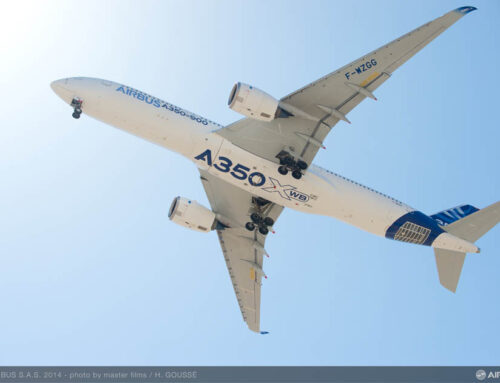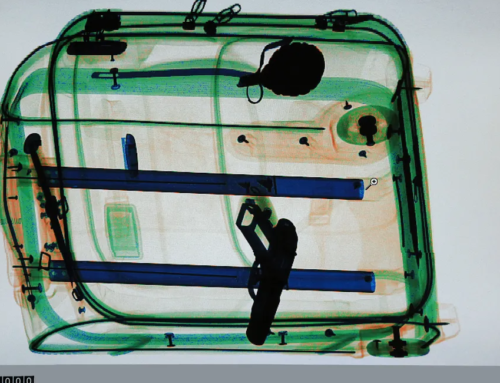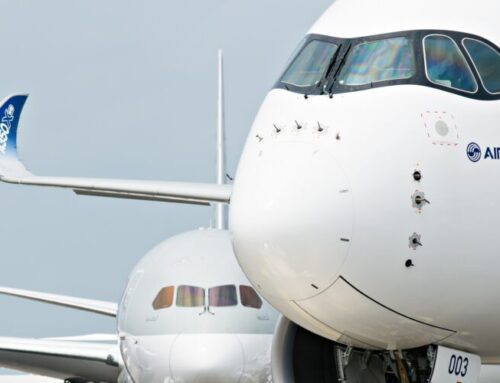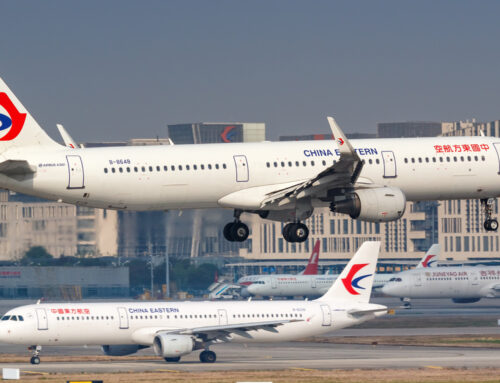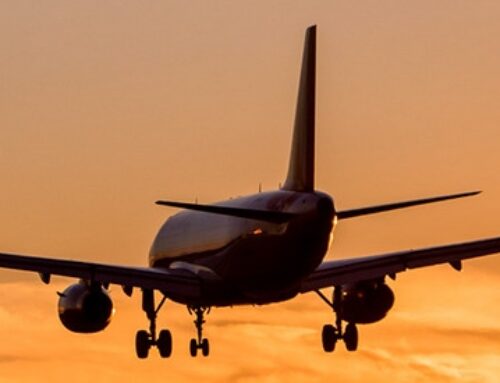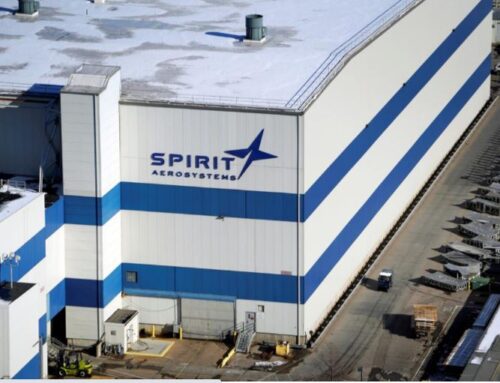
In the grand tapestry of aerospace innovation and global transportation, Boeing emerges as a colossal symbol of achievement, ambition, and the prowess of American industry. Founded in 1916, Boeing has become emblematic of the evolution of aviation, space exploration, and defense technology, continually shaping the frontiers of the skies and beyond through each successive decade.
Currently, Boeing is traversing a critical period under the leadership of CEO Dave Calhoun, who is tackling rising challenges head-on. These challenges include production delays and a shrinking market share, notably against the backdrop of fierce competition from Airbus. On March 21, Dave Calhoun declared his departure from the position of Boeing’s Chief Executive Officer. As a disciple of the renowned Jack Welch—the legendary former CEO of General Electric—Calhoun’s resignation aligns him with other Welch proteges, such as James McNerney, who have faced trials in their leadership roles.
At the heart of this relentless drive towards the unknown are the visionaries, the strategists, and the dreamers: the Presidents and CEOs of Boeing, whose leadership has not only steered the company through turbulent skies but has also left an indelible mark on the fabric of global aviation.
This article embarks on a chronological journey through the lineage of Boeing’s most impactful Presidents and CEOs. From William Boeing’s pioneering spirit that laid the foundation for commercial aviation, to the transformative post-war leadership of figures like Bill Allen, T A Wilson, Frank Shrontz, Philip M. Condit and James McNerney, who navigated the company through the complexities of the modern aerospace industry, and onto the visionaries of today.
We will explore the contributions, challenges, and legacies of these leaders, evaluating their impact not just on Boeing, but on the wider world of aerospace, defense, and space exploration.
As we chart this course, it becomes clear that the trajectory of Boeing is not merely a tale of technological innovation, but a reflection of the foresight, determination, and resilience of its leaders. These Presidents and CEOs did not just respond to the times; they anticipated the future, making bold decisions that would ensure Boeing’s position at the forefront of its industry. Join us as we delve into the histories of these remarkable individuals, understanding how their leadership has shaped the skies.
List of the Top Boeing Presidents & CEOs, in Order of Impact
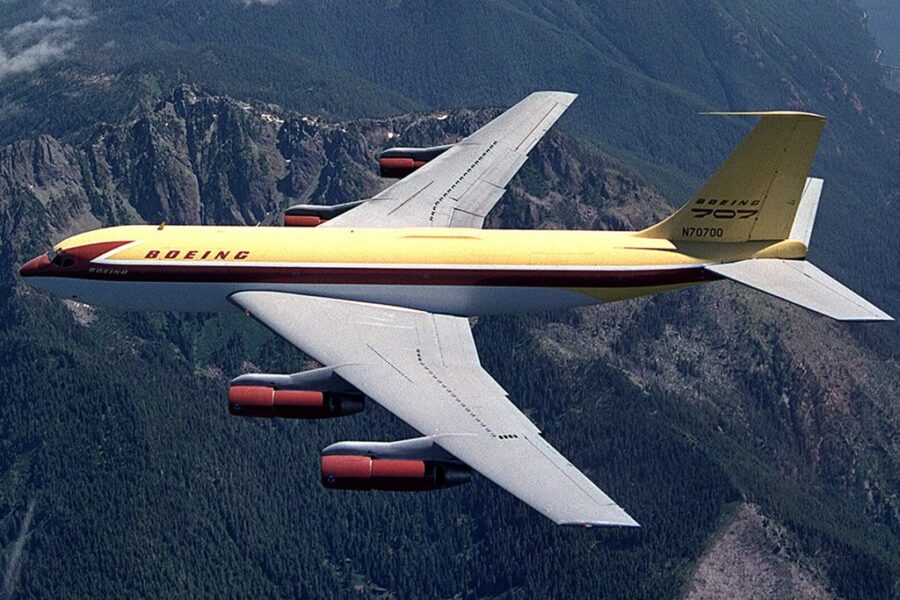
Bill Allen (1945-1969)
When the de Havilland Comet made its debut at the Farnborough air show in 1952, the first jet-powered airliner made an impression on William McPherson Allen. It had been only six years since the career lawyer was suddenly elevated to be Boeing’s chief executive, and until then the naturally conservative Allen seemed content with developing bombers and aerial refuellers for the US Air Force.
Sometimes the right person comes along at the right time, and for Boeing that person was Bill Allen. It was a different era in the commercial aircraft manufacturing business, one in which taking big risks paid big rewards – sometimes. Allen seldom enjoyed the clarity of an obvious signal from the market. He authorised the launch of the 737 with only a single customer (Lufthansa) signed up. Allen asked his sales team to come up with 100 orders before he would agree to launch the 727; they could manage only 80, with 20 eligible for cancellation. Allen proceeded with the 727 anyway.
But it was the decision that he made after that 1952 Farnborough air show that enshrines Allen’s place at the top of the list of Boeing executives. Facing a development bill of $15 million – equal to four times the company’s combined net profit over the previous six years – and no clear interest from airlines, Allen launched development of the 367-80 prototype. The gamble paid off: first, with a US Air Force tanker contract and later with the 707 and Boeing’s return to the commercial market.
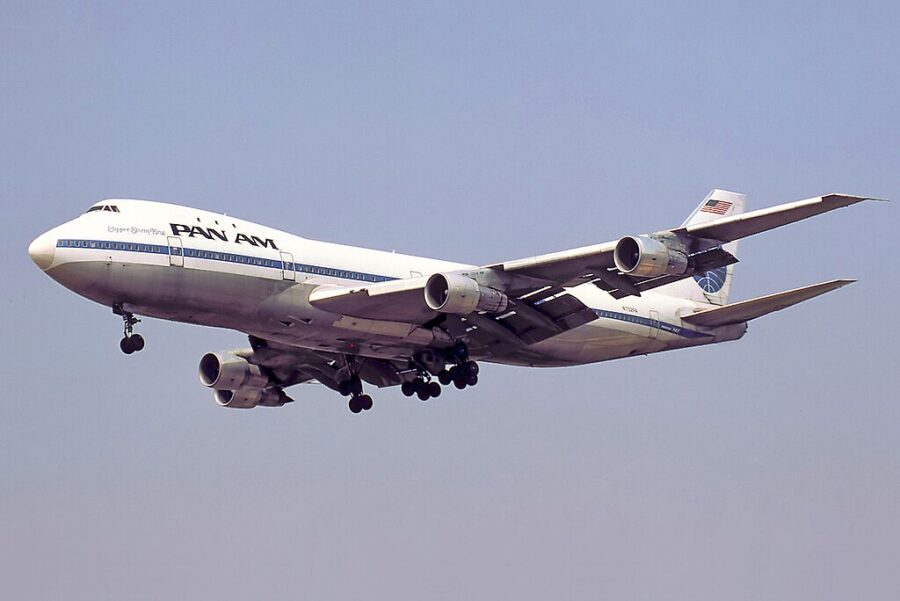
T A Wilson (1969-1986)
By the end of 1971, Boeing had not signed a new aircraft order with an airline in 17 months. A $1 billion line of credit was coming due, and dozens of engine-less 747s sat on Boeing’s property, unable to be delivered while Pratt & Whitney sorted out technical and production problems. Boeing had already dismissed more than 60,000 workers combined in 1969 and 1970, but another 25,000 would be laid off in 1971.
It was T A Wilson’s job to clean up the mess. Described by author Clive Irving as “hawk-nosed and with eyes of feral acuity”, the blunt-spoken Missourian’s task was to keep the company alive, despite all the odds.
He had been groomed for a top leadership role since the early 1950s, when he worked as an aerodynamics engineer on the B-52. After a one-year sabbatical at MIT’s Sloane business school, Wilson returned to successfully lead the development and fielding of the Minuteman intercontinental ballistic missile, gathering a reputation as a hard-nosed problem solver with spartan tastes.
That background would serve him well through perhaps Boeing’s darkest chapter. To balance revenues with costs, he slashed the payroll by more than 86,000 employees over a three-year period, lowering head-count to only 56,000. Then, he stabilized the company by getting the 747 back on track and revitalizing the 727 program. As airlines recovered from an economic recession, Boeing’s fortunes improved. And Wilson guided the launch of a pair of twin-jets – the 757 and 767 – that would eventually usurp three-engined rivals made by Douglas and Lockheed, started competing head-on against Europe’s Airbus.
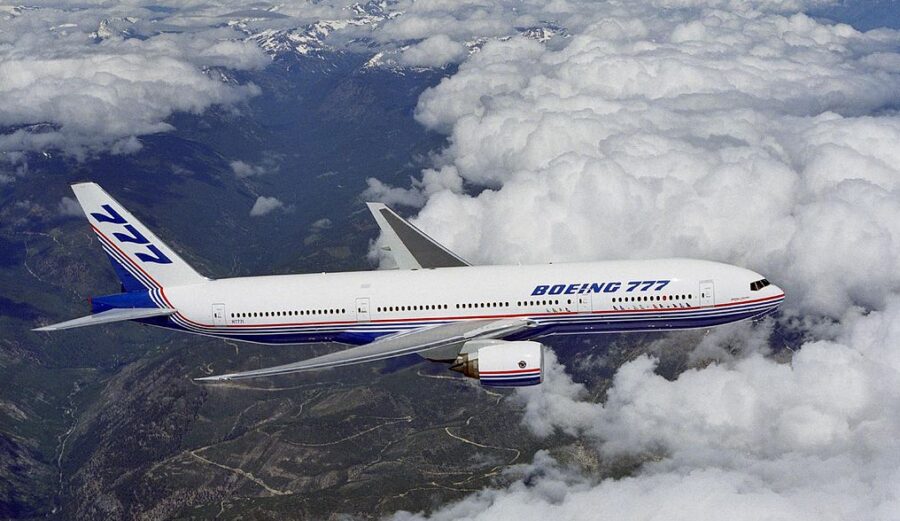
Frank Shrontz (1986-1996)
After nearly two decades of rule by T A Wilson, Boeing needed a change. Frank Shrontz had entered the company in 1958 after graduating from law school, turning down an offer from the pharmaceutical firm Eli Lilly. He left the company in 1972 to join the Nixon administration, serving an as an assistant secretary of the air force and assistant secretary of defense. He returned in 1975, clearly being groomed for a top leadership role.
Although a career lawyer and manager working in the defence business, Wilson moved Shrontz to take over the 707/727/737 business in Renton, Washington. Any future Boeing leader would need some experience with the commercial aircraft business, and Shrontz delivered. He launched the 737-300, pairing it with the transformative CFM56 engine. Shrontz was then made vice-president of sales, and quickly scored Boeing’s first commercial deal in China after a series of tense negotiations.
Succeeding Wilson in 1986, Shrontz’s role would also prove transformational, but mostly behind the scenes. His very appointment sent a message to Wall Street that the engineering-led culture would be tamed and disciplined. So the pioneering 7J7 concept – a ducted-fan powered 737 replacement – was binned in 1989 over the objections of some prospective customers: too risky.
As a commercial orders slump hit the company hard in the early 1990s, Shrontz continued to push for internal reforms. Boeing’s corporate culture had evolved over several decades into a patchwork of loose managerial style in some places and highly bureaucratic and others. Shrontz’s goal was to install a set of Japanese-inspired quality management processes and consolidated design tools. The first test case of the Shrontz reforms proved successful, with the 777 entering service on time and becoming a best-seller.
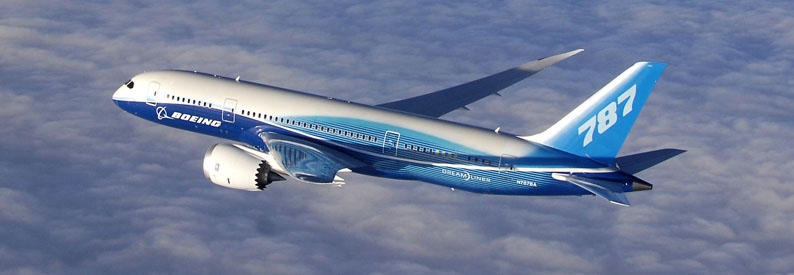
Jim McNerney (2005-2015)
Jim McNerney entered the job in 2005 on the cusp of an unprecedented 11-year boom in commercial aircraft orders. He also inherited a promising aircraft development program in the 787, a unionized workforce increasingly upset over the company’s outsourcing strategy and a defense business struggling to find its place.
Ten years later, Boeing is building 787s faster than any other widebody, although its well-chronicled development crises damaged the company’s reputation. The outsourcing strategy McNerney inherited has been rolled back, but a successful drive to eliminate pensions and shift jobs to “right to work” states has left the labour groups even more agitated. And the outlook for the defense unit is still uncertain, with much resting on a looming US Air Force contract award for a long-range strike bomber.
But McNerney’s most significant legacy will be his insistence on heeding the stock market’s demand for more cash and less risk. If Frank Shrontz’s challenge was to discipline an engineering-led culture, McNerney’s role became transforming the company’s mindset. His famous “no moonshot” approach – his glib and historically awkward name for not repeating the mistakes of the 787 – has taken hold. It will be another at least another decade before Boeing introduces a new commercial aircraft design.
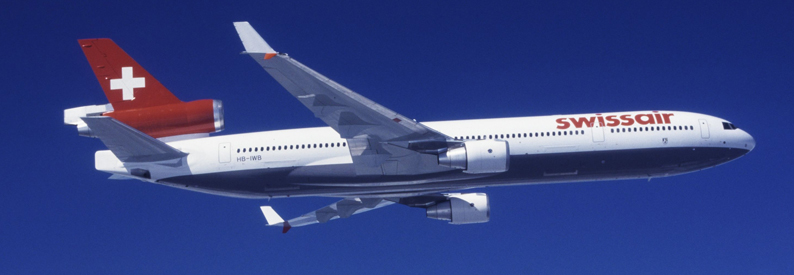
Phil Condit (1996-2003)
It’s true that Boeing would not be the same company today without Phil Condit’s seven-year term as CEO from 1996-2003. That coincided with a period of massive consolidation of the US defence and space industries, and Condit emerged as a clear leader. Boeing not only acquired historic brands such as Rockwell, Hughes Space and Communications and Jeppesen during this period. Condit also steered a merger with historic rival McDonnell Douglas, making Boeing the largest aerospace company the world had ever seen.
That record alone should have cemented Condit’s place as one of Boeing’s most visionary leaders. But Condit will always be remembered for a string of corporate scandals and embarrassments that occurred on his watch that led to his ousting in late 2003. He resigned amid allegations that Boeing’s chief financial officer Mike Sears engaged in improper hiring negotiations with senior Pentagon acquisition executive Darleen Druyun as details of a plan to lease 767 tankers from Boeing were being settled. The revelation came only months after Boeing acknowledged stealing hundreds of thousands of pages of documents belonging to Lockheed’s space division in 1998.
Under the leadership of Phil Condit, Boeing unveiled the Sonic Cruiser, a revolutionary concept jet airliner featuring a distinct delta wing–canard configuration. This innovative design set it apart from traditional airliners, boasting a high-subsonic cruising speed of up to Mach 0.98. Launched in 2001, the Sonic Cruiser aimed to redefine air travel with its speed, yet airlines showed a stronger preference for lower operating costs over increased velocity. Despite its initial promise, Boeing decided to terminate the Sonic Cruiser project in December 2002. In its place, the company pivoted to focus on the development of the 7E7 (which was later rebranded as the 787 Dreamliner), an airliner that, while slower with a cruising speed of Mach 0.85, offered enhanced fuel efficiency. This strategic shift underscored Boeing’s commitment to sustainability and operational cost-effectiveness in commercial aviation.
Boeing also struggled financially and operationally on Condit’s watch. As Condit focused on completing the McDonnell Douglas merger, the company’s commercial aircraft production system fell apart for several months, causing months of delivery delays and a $2.6 billion charge. The mergers that Condit engineered also proved more costly than he expected, with Boeing announcing a string of charges including a $1.1 billion write-down related to the Hughes acquisition in 2003.
Harry Stonecipher (2003-05)
Harry Stonecipher could have played the role of corporate hero. Known as a decisively frank executive, the former CEO of both Sundstrand and McDonnell Douglas replaced the scandal-plagued Phil Condit at the end of 2003. Almost immediately, Stonecipher set a hard-charging tone: launching the 7E7 program (later renamed the 787) and launching what would become a decade-long trade war with Airbus over alleged subsidies.
But his tenure would be short-lived. After admitting an extra-marital affair with a subordinate, Stonecipher resigned slightly more than a year after replacing Condit. Instead of playing the role of a corporate hero, Stonecipher’s abrupt exit proved another leadership challenge that his successors would have to overcome.
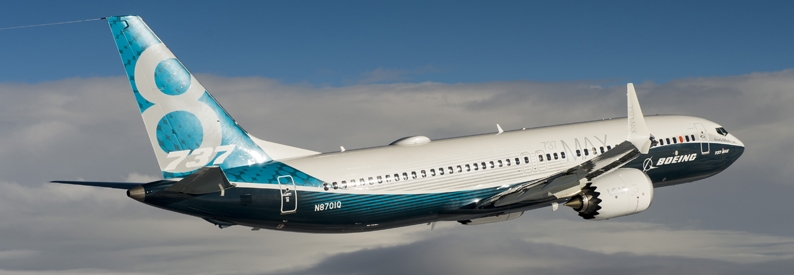
Dennis Muilenburg (2015-2019)
Dennis A. Muilenburg is the former president and chief executive officer (CEO) of Boeing, a multinational aerospace and defense company. He was CEO from 2015 to 2019, when he was fired in the aftermath of two crashes of the 737 MAX and its subsequent groundings.
Muilenburg started work at Boeing as an intern in 1985. He held numerous management and engineering positions on various Boeing programs, including the X-32 (Boeing’s entry in the Joint Strike Fighter competition); Boeing’s participation in the Lockheed Martin F-22 Raptor fighter; the YAL-1 747 Airborne Laser; the High Speed Civil Transport; and the Condor unmanned reconnaissance aircraft. He was later vice president of the Boeing combat systems division and program manager for the Army Future Combat Systems program.
Muilenburg was president and chief executive officer of Boeing Integrated Defense Systems, later renamed Boeing Defense, Space & Security (BDS), from September 2009 to 2015. In December 2013, Muilenburg became the president of Boeing.
In June 2015, Boeing announced that Muilenburg would succeed James McNerney as CEO, who was stepping down after ten years in that role. He became CEO in July 2015.
In February 2016, it was announced that Muilenburg would also succeed McNerney as Boeing’s chairman.[11] In March 2016, Muilenburg became the chairman of the board of directors of Boeing. In 2018, Muilenburg agreed to a fixed-price contract to deliver two customized 747 planes to the U.S. government which left Boeing with billions in losses.
Dave Calhoun (2020-present)
David L. Calhoun has been president and chief executive officer of Boeing since January 2020. He was previously Boeing’s chairman and was appointed president and CEO after his predecessor Dennis Muilenburg was fired amidst safety concerns regarding the 737 MAX after two fatal crashes that claimed the lives of 346 passengers and crew on board.
After graduating from college, Calhoun was hired by General Electric (GE). He decided to join GE in part because he would be working in Lehigh Valley in eastern Pennsylvania, where he grew up. He worked at GE for 26 years, overseeing transportation, aircraft engines, reinsurance, lighting and other GE units, before being appointed vice chairman and a member of GE’s Board of Directors in 2005.
Calhoun left GE to join privately held global information services firm VNU as CEO in 2006. Under his leadership, the company rebranded itself as Nielsen Holdings, returned to the public markets in 2011, and was added to the S&P 500 Index in 2013. In 2014, Calhoun became executive chairman of Nielsen, and also joined The Blackstone Group as a Senior Managing Director and head of Private Equity Portfolio Operations. He also became a member of Blackstone’s management committee.
At Boeing, Calhoun served as a director, starting in 2009, and was named lead independent director in 2018. The company separated the roles of chairman and chief executive officer in the fall of 2019 so that Muilenburg could “implement changes to sharpen Boeing’s focus on product and services safety,” according to a press release. At the same time, the board named Calhoun non-executive chairman.
Calhoun’s Remarks on Boeing Incidents and His Compensation
In a March 2020 interview with The New York Times, Calhoun discussed the 737 MAX’s MCAS software, saying the Boeing had made a “fatal mistake” in expecting that pilots could immediately correct the software problems. He went on to explain that “pilots [in Ethiopia and Indonesia] don’t have anywhere near the experience that they have here in the U.S.” He unsuccessfully requested to go off the record after being asked whether American pilots would have been able to control the situation, and then replied, “[f]orget it, you can guess the answer.”
At a staff meeting on January 9, after the Alaska Airlines 737-9 incident, Calhoun acknowledged Boeing’s responsibility. “We are gonna approach this—No. 1—acknowledging our mistake,” he told employees. Calhoun added he had been “shaken to the bone” by the accident.
Despite facing mounting challenges, Dave Calhoun was compensated with $22.5 million by Boeing in 2022, with the bulk of this sum deriving from the estimated value of stock and option awards, maintaining his $1.4 million salary from the previous year. In March 2023, Boeing disclosed that Calhoun would not be awarded a $7 million performance-based bonus previously contingent on the delivery of the new widebody 777X by the year’s end. Earlier, in February 2023, Boeing had granted Calhoun an incentive of approximately $5.29 million in restricted stock units, aiming to secure his leadership during the company’s recovery phase. Additionally, in March 2023, Boeing allocated shares worth $15 million to Calhoun, set to vest over the following three years, as part of a strategy to encourage his continued stewardship through Boeing’s revival.
Related articles and news: https://www.airguide.info/?s=boeing+ceo
Sources: AirGuide Business airguide.info, bing.com, en.wikipedia.org, flightglobal.com

